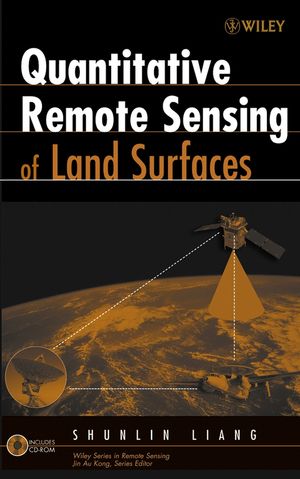Quantitative Remote Sensing of Land SurfacesISBN: 978-0-471-28166-5
Hardcover
560 pages
January 2004
 Other Available Formats: E-book
|
||||||
Processing the vast amounts of data on the Earth's land surface
environment generated by NASA's and other international satellite
programs is a significant challenge. Filling a gap between the
theoretical, physically-based modelling and specific applications,
this in-depth study presents practical quantitative algorithms for
estimating various land surface variables from remotely sensed
observations.
A concise review of the basic principles of optical remote sensing as well as practical algorithms for estimating land surface variables quantitatively from remotely sensed observations.
Emphasizes both the basic principles of optical remote sensing and practical algorithms for estimating land surface variables quantitatively from remotely sensed observations
Presents the current physical understanding of remote sensing as a system with a focus on radiative transfer modelling of the atmosphere, canopy, soil and snow
Gathers the state of the art quantitative algorithms for sensor calibration, atmospheric and topographic correction, estimation of a variety of biophysical and geoph ysical variables, and four-dimensional data assimilation
A concise review of the basic principles of optical remote sensing as well as practical algorithms for estimating land surface variables quantitatively from remotely sensed observations.
Emphasizes both the basic principles of optical remote sensing and practical algorithms for estimating land surface variables quantitatively from remotely sensed observations
Presents the current physical understanding of remote sensing as a system with a focus on radiative transfer modelling of the atmosphere, canopy, soil and snow
Gathers the state of the art quantitative algorithms for sensor calibration, atmospheric and topographic correction, estimation of a variety of biophysical and geoph ysical variables, and four-dimensional data assimilation



